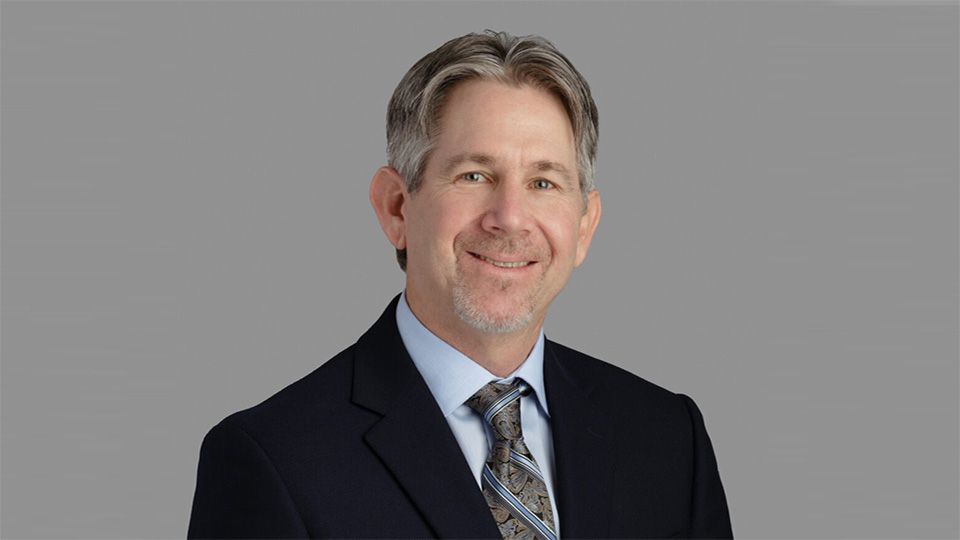In this new summer series for ESG Clarity, members of the sustainable investment industry tell us how their thinking on this fast-moving industry has adapted over the years and what changes that has led to.
Here, Blaine Townsend, executive vice-president at Bailard, dispels the myth of ‘woke‘ capitalism and explains how droughts in his hometown have influenced his approach to saving water.
What has ESG or sustainable investing changed your mind about over the past couple of years?
I used to think energy transition could only happen with the level of subsidies and support given to the fossil fuel industry. Now I think it can only happen if political actors just get out of the way and let the capital markets do their job.
For decades, the sustainable investment world has preached that long-term risk can’t easily be measured in three-month increments, and that energy transition is a massive investment opportunity. Money was flowing towards strategies that reflected these two concepts and there was global cooperation to develop reporting frameworks and commitments to reduce emissions.
Then, just at the moment things were coming together, short-term thinkers and political actors in the US started to tear it apart.
We have seen boom and bust cycles so frequently in our economic system. Often, the scale of these is influenced by political actors and policymakers; either through the fiscal and monetary tools available to run an economy, or direct political agendas that swing back and forth depending on the administration.
The stubborn growth of renewable energy and energy transition (which has never been “bailed out” or heavily protected) has persisted outside these forces. Renewable energy is not based on false economics. That is one reason energy transition has been a central investment theme of sustainable investing. The past decade has proven that when left alone, the markets do a better job of deciding how to allocate capital in the energy sector than political actors.
Describe one thing about ESG or sustainable investing you’ve heard recently that has stuck with you or been particularly poignant.
That ESG is “woke.”
Accusing large financial players as tools of “woke” capitalism is misleading at best. The fact that large financial players joined global alliances to reduce emissions does not make them “woke.” You need large companies and stewards of capital to be in on the planning for a lower carbon future.
Carbon emissions are borderless, and need global cooperation. The voluntary commitments in those global efforts do not offset the $300bn lent to fossil fuel companies in 2022 by Wall Street banks or the nearly trillion dollars invested by large asset managers in the stock of fossil fuel-free companies. Wall Street is planning for the future but transacting today. Their shareholders probably appreciate that. These banks and asset managers want to attract and manage assets that are interested in energy transition. Their motivation is to make money first and skate where the puck is heading.
What changes have you made personally this year to become more sustainable?
When I was a kid in 1970’s Marin County, California, brown was the colour: groovy brown corduroys, but also brown lawns, brown hills, brown parks and even brown trees. This was the effect of a severe drought in Marin in 1976-1977.
In retrospect, the county was ill-prepared to deal with it. It is hard to believe now, but “water conservation” was not a thing then.
The conditions were exacerbated by Marin residents’ philosophy to restrict anything they thought would lead to growth – like more water resources or public transportation. They had to construct a pipeline across the Richardson Bay Bridge to pipe water over from the East Bay as an emergency measure.
Clearly, the idea that severe droughts would become a reality in the West was not in the public consciousness then. Marin County residents’ water use dropped 57% by the time the restrictions were removed. No one thought that kind of behavioural modification was possible at the time.
That summer of 1977 left an indelible impression on me. To this day, water conservation is a focus in our household. Well, also the fact my wife is so diligent on water use. We have torn up the lawns and planted only small sections of the yard, which can be watered very efficiently. Our shower has a five-gallon bucket that catches the water as the shower is warming up. Our sink contains a rinsed yogurt container for the same reason. Veggies boiled for dinner are plucked out of the pot. The water is left to cool. All these containers are used to water what is planted. Even our hoses have a small bowl beneath the valve to catch the inevitable pressure leak at the valve when it is turned on. My wife automatically sweeps the table tops for abandoned water glasses and fills the dog bowls.
It is really amazing how much water you can capture through these few steps. With droughts becoming more persistent, I don’t see us abandoning these water hacks any time soon.








